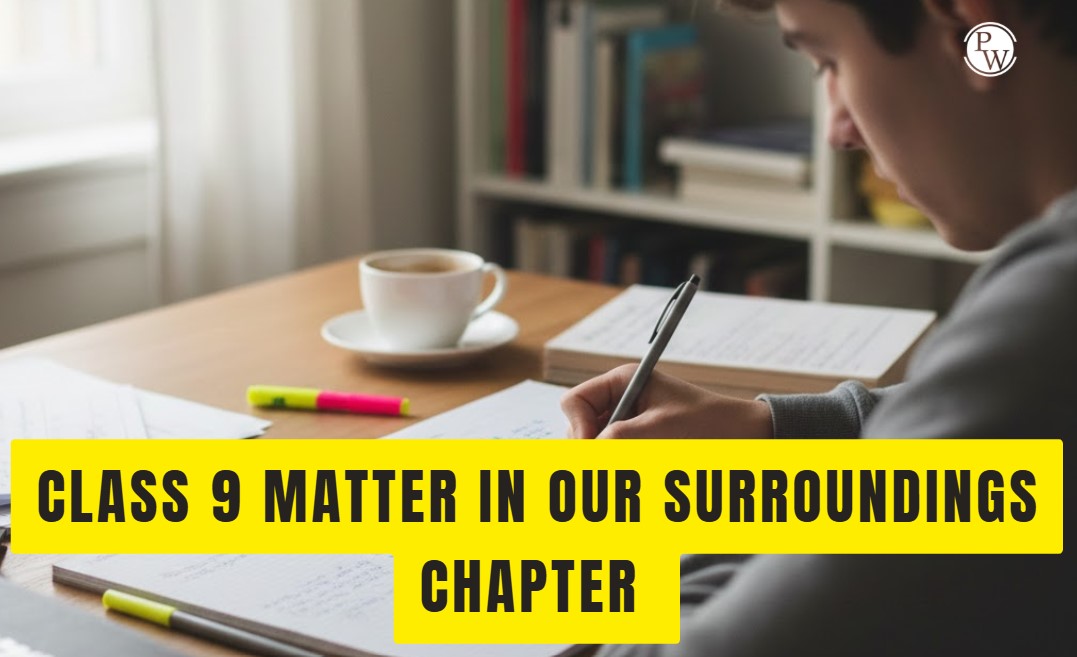
NCERT Solutions for Class 9 Geography Chapter 1: The NCERT Solutions for Class 9 Geography Chapter 1 India – Size and Location contain answers to the exercises found in the 'Contemporary India' textbook. These solutions assist students in accessing the correct answers for the exercises provided at the end of each chapter. As most questions in CBSE exams are drawn from NCERT textbooks, studying these solutions can help students achieve high scores.
Our solutions help students in comprehending the importance of the topics covered. Below, you'll find the solutions for Chapter 1, India - Size and Location. Students can access NCERT Solutions for Class 9 for other subjects as well.NCERT Solutions for Class 9 Geography Chapter 1 Overview
In Class 9 Geography Chapter 1, students will learn in detail regarding India's location and size. The chapter covers the following subtopics:- India’s location
- India’s size
- India and the world
- India’s neighbours
NCERT Solutions for Class 9 Geography Chapter 1
Q.1. Choose the right answer from the four alternatives given below.
(i) The Tropic of Cancer does not pass throughAnswer:
(i) The Tropic of Cancer does not pass through – (b) Odisha .
(ii) The easternmost longitude of India is – (a) 97° 25′ E .
(iii) Uttarakhand, Uttar Pradesh, Bihar, West Bengal and Sikkim have common frontiers with (c) Nepal .
(iv) Kavarati is situated in the union territory of (b) Lakshadweep .
(v) (b) Tajikistan does not share a land boundary with India.
Q. 2. Answer the following questions briefly.
(i) Name the group of islands lying in the Arabian Sea. (ii) Name the countries which are larger than India. (iii) Which island group of India lies to its south-east? (iv) Which island countries are our southern neighbours?Answer
(i) India is situated in the Northern Hemisphere, with its mainland spanning between latitudes 8°4’N and 37°6’N, and longitudes 68°7’E and 97°25’E. The Tropic of Cancer (23° 30’N) divides the country into nearly equal halves. To the southwest of the mainland lie the Lakshadweep islands in the Arabian Sea, while to the southeast lie the Andaman and Nicobar islands in the Bay of Bengal.
(ii) Several countries surpass India in size, including Russia, Canada, the USA, China, Brazil, and Australia. Among them, Russia is the largest with an area of 17.09 million sq.km, whereas India covers an area of 3.28 million sq.km.
(iii) The Andaman and Nicobar islands are positioned to the southeast of India in the Bay of Bengal. India shares land borders stretching approximately 15,200 km. Additionally, its coastline, encompassing the Andaman and Nicobar Islands and Lakshadweep, extends over 7,516.6 km.
(iv) Sri Lanka and the Maldives are island nations located to the south of India. The Maldives lies to the south of the Lakshadweep Islands, while Sri Lanka is separated from India by a narrow channel comprising the Palk Strait and the Gulf of Mannar.
Q.3. The sun rises two hours earlier in Arunachal Pradesh as compared to Gujarat in the west, but the watches show the same time. How does this happen?
Answer:
India spans approximately 30 degrees both latitudinally and longitudinally, with its north-south extent being greater than its east-west extent. Consequently, there's a two-hour time difference between Gujarat and Arunachal Pradesh. Due to its eastern location, Arunachal Pradesh witnesses sunrise earlier than Gujarat. The Standard Meridian of India, passing through Mirzapur (in Uttar Pradesh) at 82°30’E longitude, establishes the country's standard time. This means that despite the varying solar times across India, the clocks display the same time nationwide. The latitudinal extent impacts the duration of daylight, with longer days observed as one moves from south to north. As a result, regardless of geographical location, watches indicate uniform time throughout the country.Q. 4. The central location of India at the head of the Indian Ocean is considered of great significance. Why?
Answer:
India extends southward from the Asian continent, occupying a central position between East and West Asia. Positioned strategically, the Indian Ocean surrounds India, serving as a crucial link between East Asian nations and Europe in the west.The protrusion of the Deccan Peninsula into the Indian Ocean further enhances India's connectivity. This geographical feature facilitates close interactions with West Asia, Africa, and Europe from the western coast, while also establishing connections with Southeast and East Asia from the eastern coast. India's unique geographical positioning, with a vast coastline along the Indian Ocean, justifies the naming of the ocean after it. This distinctive characteristic sets India apart, as no other country boasts such an extensive coastline along the Indian Ocean.
Q.5. Identify the following with the help of map reading.
i. The Island groups of India lying in the Arabian Sea and the Bay of Bengal.Answer:
Lakshadweep and Andaman & Nicobar Islandsii. The countries constituting Indian Subcontinent. Ans: Countries in the Indian Subcontinent are India, Nepal, Bhutan, Bangladesh, Sri Lanka, Maldives and Pakistan.
iii. The states through which the Tropic of Cancer passes. Ans: The Tropic of Cancer passes through Gujarat, Rajasthan, Madhya Pradesh, Chhattisgarh, Jharkhand, West Bengal, Tripura and Mizoram.
iv. The northernmost latitude in degrees. Ans: 37°6′ N v. The southernmost latitude of the Indian mainland in degrees.
Ans: 8°4′ N vi. The eastern and the western most longitude in degrees.
Ans: Western longitude is 68°7′ E and the Eastern longitude is 97°25′ E
vii. The place situated on the three seas. Ans: Kanyakumari
NCERT Solutions for Class 9 Social Science Geography Chapter-wise List |
| Chapter 1 India Size and Location |
| Chapter 2 Physical Features of India |
| Chapter 3 Drainage |
| Chapter 4 Climate |
| Chapter 5 Natural Vegetation and Wildlife |
| Chapter 6 Population |
NCERT Solutions for Class 9 Geography Chapter 1 FAQs
Why is it important to study Chapter 1 of Class 9 Geography?
Do NCERT Solutions for Class 9 Geography Chapter 1 follow the latest NCERT guidelines?
How can students use NCERT Solutions for Class 9 Geography Chapter 1 effectively?










